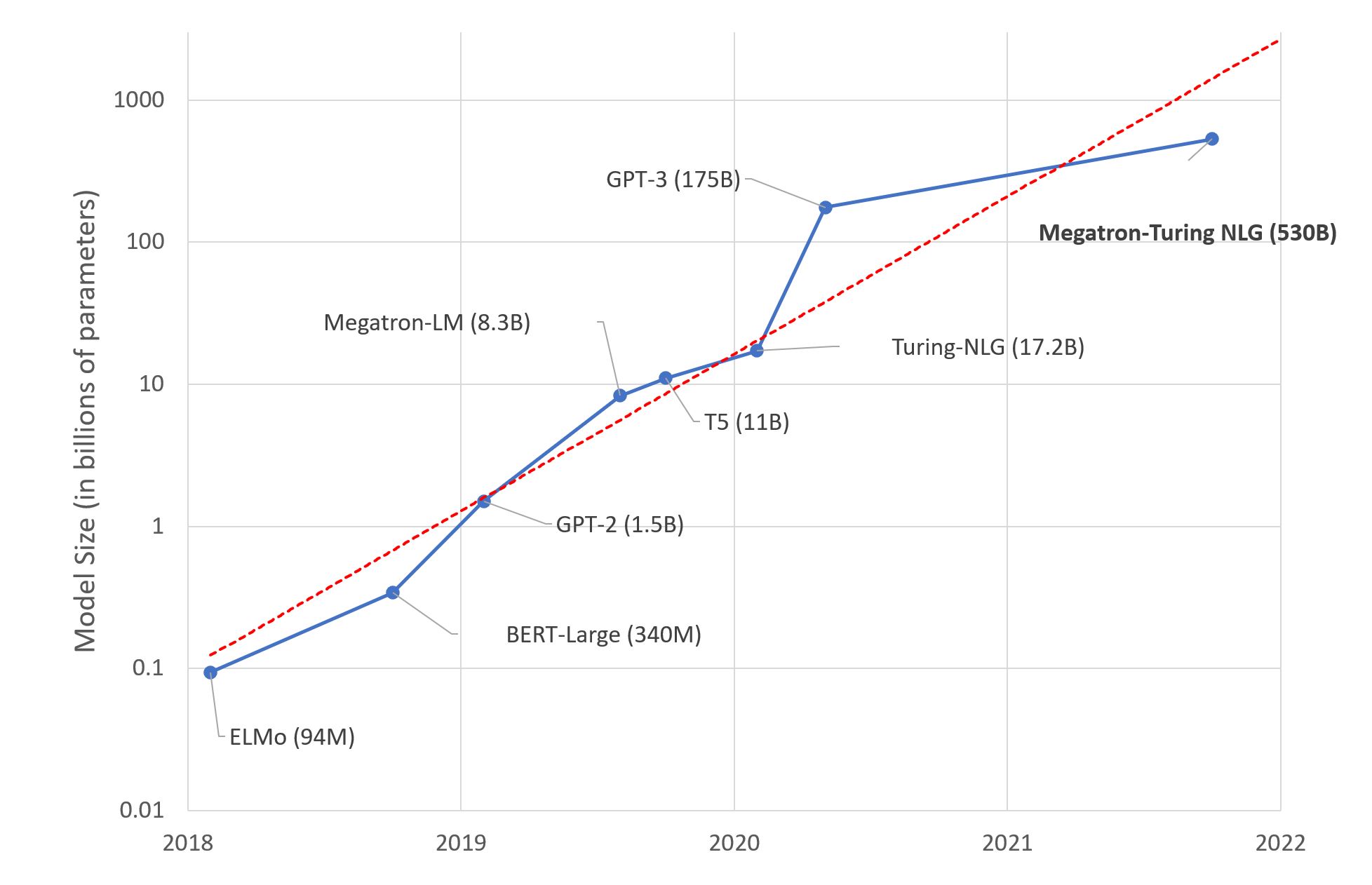Large Language Models are a type of deep learning model used to power natural language processing (NLP) applications. They are based on a deep neural network architecture and are trained on massive datasets of labeled or unlabeled text.
One of the benefits of these models is that they can learn the different patterns of how language is used and can be trained to produce meaningful outputs or classify data. Models such as the Google Brain project’s sequence-to-sequence model or OpenAI GPT-3 can be used to generate voice output for natural language processing tasks such as dialogue systems, question answering, natural language understanding, and text generation.
Large Language Models are often compared to other types of models such as recurrent neural networks and rule-based engines. The main advantage of using large language models is that they are able to scale well with training data. Unlike RNNs, the distance between the input and output nodes in a large language model is much larger, which allows for more layers and better distributed representations. Additionally, the model can be easily updated and fine-tuned even after it is deployed.
With the ever-increasing size of datasets and the increasing demand for complex natural language applications, it is becoming increasingly important to use large language models. By leveraging the power of these large models, computer scientists can develop better AI-based applications that can understand language more accurately.





